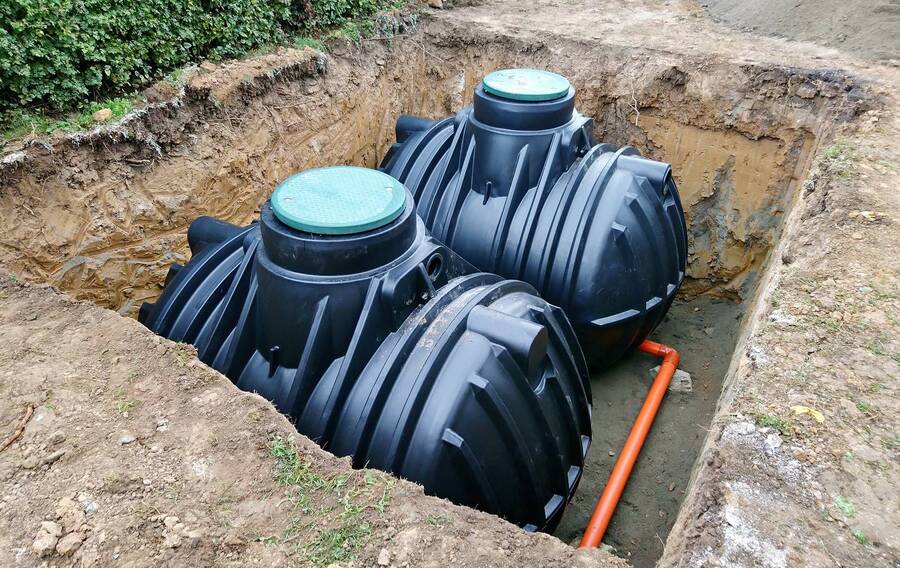
05
Septic tanks are an important component of many homes and businesses that are not connected to a municipal sewage system. Proper installation of a septic tank is crucial for the effective functioning of the system and the health and safety of the community. Let’s go over what you’ll need to do before your septic tank installation with Charlotte Septic Pros.
When planning for a septic tank installation, it is important to consider the size of the tank and the layout of the system. The size of the tank should be based on the number of bedrooms in the home or the number of employees in the business, as well as the soil conditions of the property. The layout of the system will depend on the location of the tank and the size of the property.
Before beginning the installation process, it is necessary to obtain all necessary permits and approvals from the local government. This may include obtaining a soil evaluation and site plan, as well as following zoning and setback regulations. It is important to follow all regulations and guidelines to ensure the proper functioning of the septic system and to avoid any potential legal issues. You may go over the steps you need to take prior to installation with your septic company in Rock Hill.
The actual installation process begins with the excavation of the area where the septic tank will be located. The size and depth of the excavation will depend on the size of the tank and the soil conditions of the property. Once the excavation is complete, the septic tank is placed in the hole and the surrounding soil is compacted to secure the tank in place.
The next step in the installation process is the installation of the inlet and outlet pipes. The inlet pipe is responsible for carrying sewage from the home or business to the septic tank, while the outlet pipe carries the treated effluent from the septic tank to the drain field. It is important that the workers properly seal and secure these pipes to prevent leaks and ensure the proper functioning of the system.
After the pipes are installed, the septic tank must be properly filled with water and any necessary additives. This helps to ensure that the system is functioning properly and helps to prevent the formation of sludge and scum in the tank.
Once the installation is complete, it is important to properly maintain the septic system to ensure its continued functioning. This includes regular septic tank pumping to remove any excess sludge or scum that may have accumulated in the tank. A septic company like Charlotte Septic Pros can provide this service, as well as any necessary repairs or maintenance to the system.
The installation of a septic tank requires careful planning and attention to detail to ensure its proper functioning. Obtaining necessary permits and approvals, proper excavation and placement of the tank, and the installation of inlet and outlet pipes are all crucial steps in the process. Regular septic tank pumping and maintenance by a septic company can help to extend the life of the system and ensure the health and safety of the community.
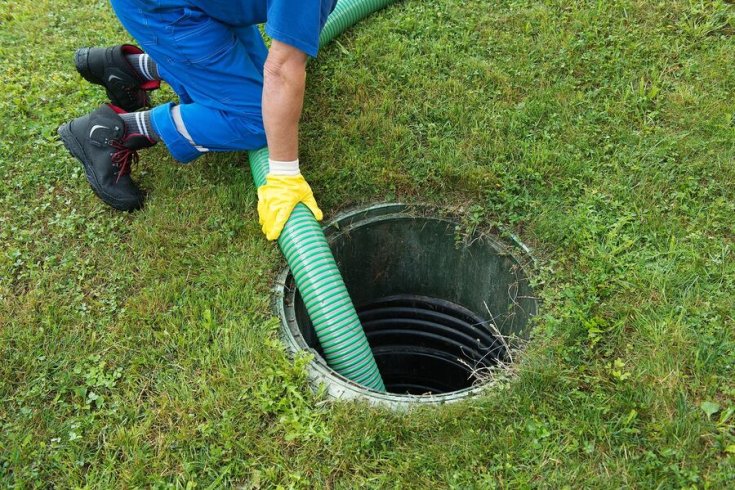
18
Reliable and Affordable Septic Services A properly functioning septic system is essential for any home or business that relies on…
Read more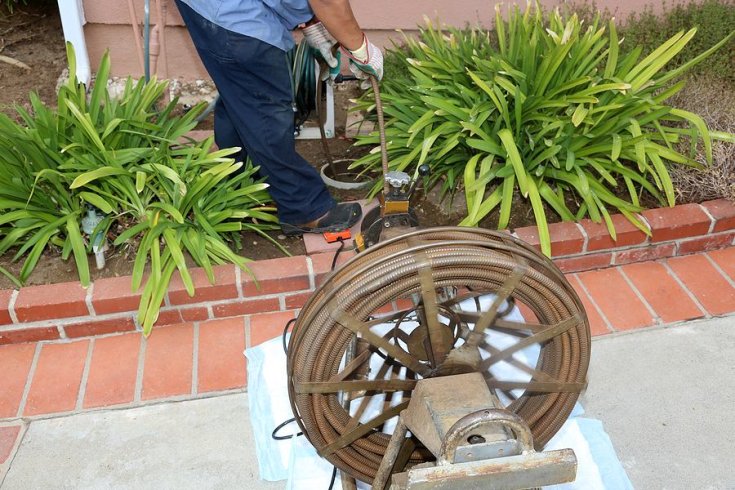
09
Signs and Solutions for a Failing Drain Field Your septic system plays a critical role in managing household wastewater, and…
Read more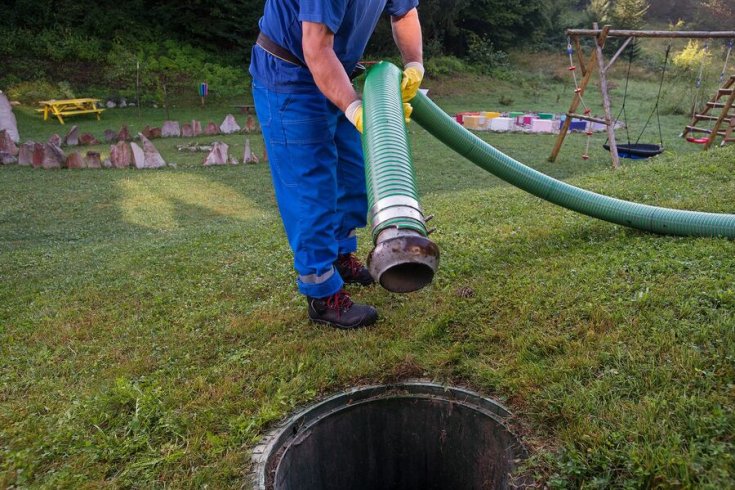
03
A Newbie’s Guide to Septic Pumping If you’re new to homeownership and have a septic system, you might be wondering…
Read more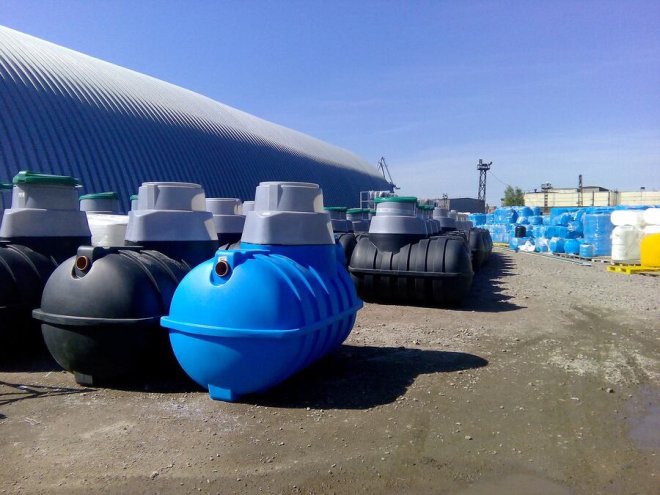
28
How to Prepare for Septic System Installation Installing a septic system is a major investment for any property that lacks…
Read more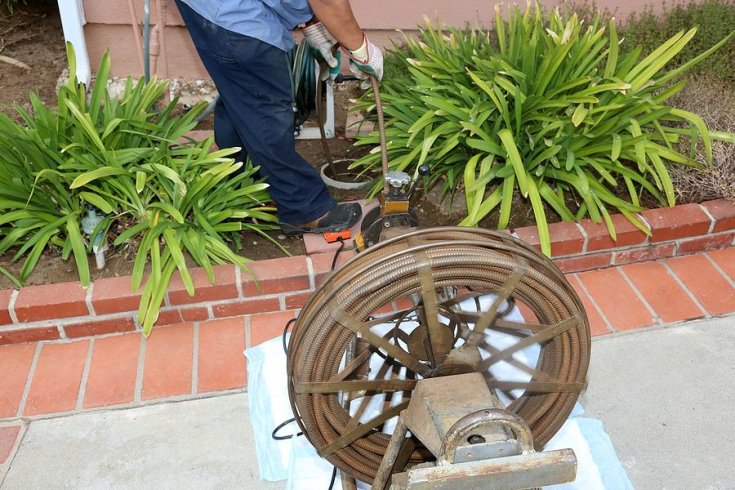
20
How Main Drain Cleaning Can Prevent Sewer Backups Sewer backups are one of the most unpleasant plumbing emergencies homeowners can…
Read more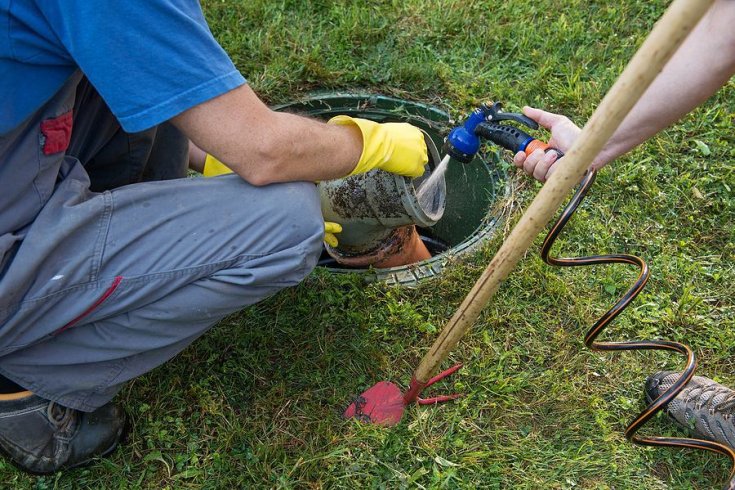
13
What to Do When You Have Drainage Problems Drainage problems can be frustrating and cause serious damage if left untreated.…
Read more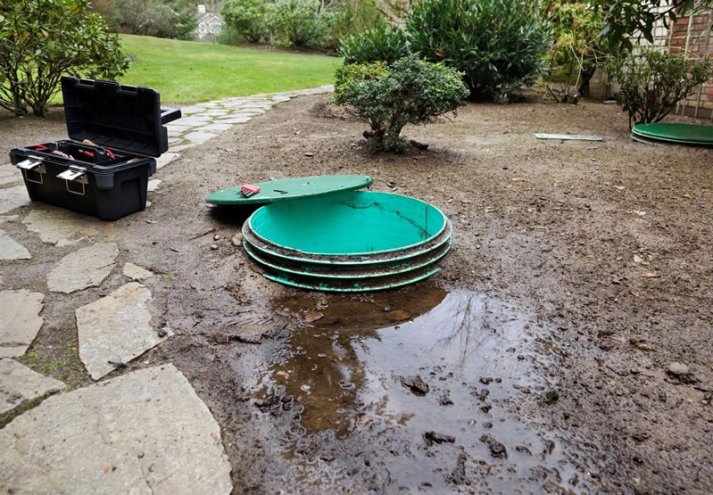
04
Signs and Causes of Septic Leaks A leaking septic system can pose serious health and environmental risks. If left untreated,…
Read more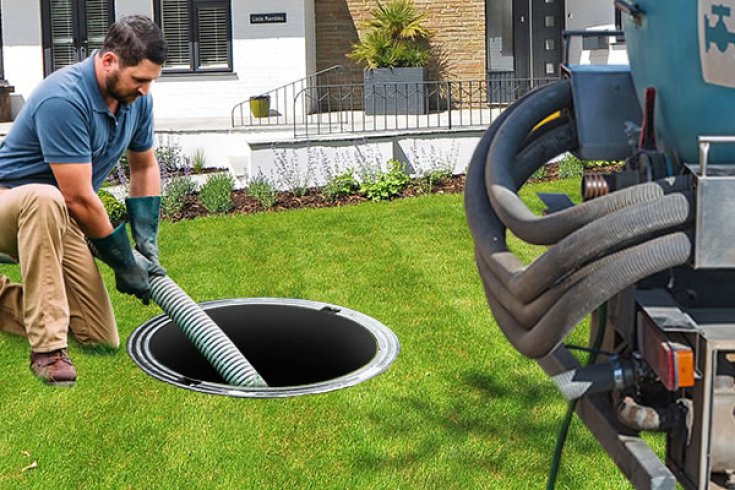
02
Unusual Septic Tank Blockages: Keeping Your Septic System Healthy A properly functioning septic system is crucial for any home or…
Read more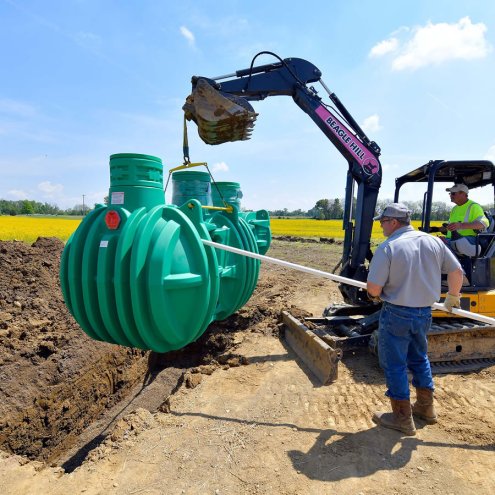
23
Seasonal Weather and Septic Systems Tank Your septic system plays a vital role in managing household wastewater, but seasonal weather…
Read more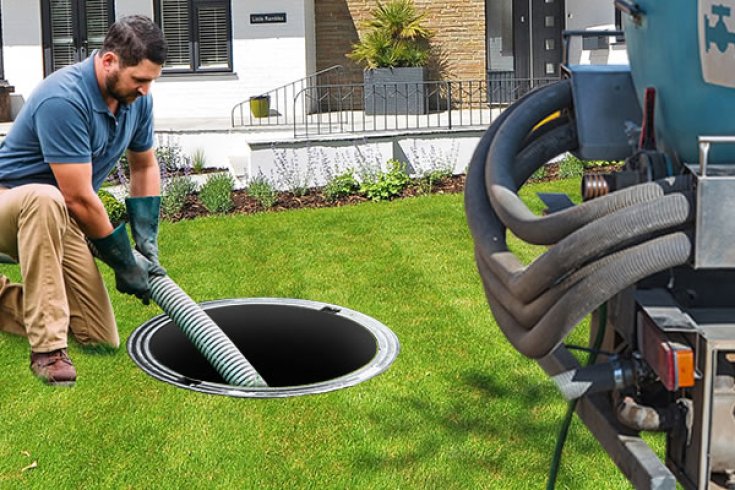
15
Why Toilet Paper Matters to Your Septic Tank Many homeowners don’t give much thought to their toilet paper—until it starts…
Read more